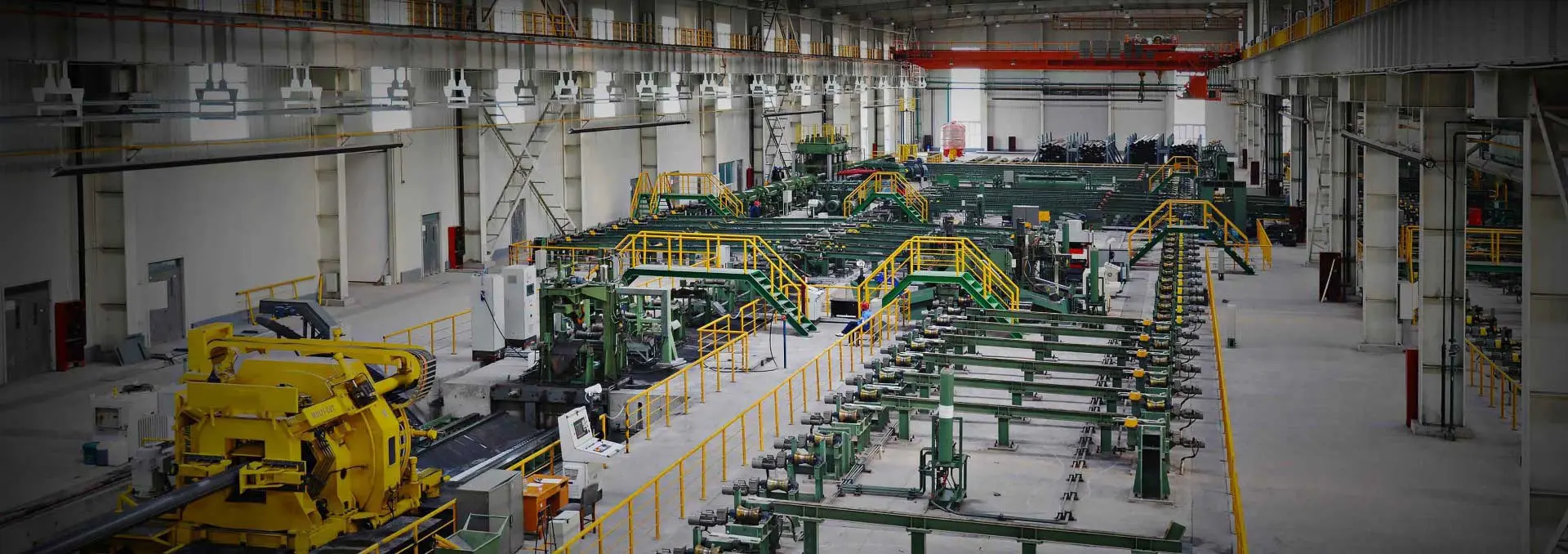Seamless steel pipes (SMLS) are versatile metal materials widely applied in industries such as petroleum, chemicals, power generation, and machinery. Ensuring their strength and the reliability of flattening tests requires a systematic approach that spans raw material selection, manufacturing processes, testing, and protective measures.
1. Ensuring High-Quality Raw Materials
The foundation of seamless steel pipes lies in high-quality steel billets. During manufacturing, processes like heating, rolling, and cooling are tightly controlled. Parameters such as heating temperature, rolling pressure, and cooling speed are meticulously managed to achieve the required strength and toughness.
2. Implementing an Optimized Heat Treatment Process
Heat treatment is essential for enhancing the mechanical properties of seamless pipes. Processes such as annealing, normalizing, quenching, and tempering refine the internal structure, improving strength and toughness. Precise control over heat treatment parameters, including temperature, duration, and atmosphere, is crucial to achieving consistent quality.
3. Conducting Accurate Flattening Tests
Flattening tests are a standard method for assessing the strength and pressure resistance of seamless pipes. Industry standards like ASTM and GB guide these tests, ensuring reliable evaluation.
- Flattening Test Steps:
Select a seamless pipe sample and reinforce its ends to prevent distortion during testing.
Position the pipe in the testing machine and set appropriate pressure and speed parameters. Initial pressure should not exceed the pipe's yield strength, with a recommended speed of 1–5 mm/min.
Gradually apply pressure while recording data such as pressure and displacement. Mark test information for analysis.
Incrementally increase pressure until the test concludes, then release it gradually to avoid equipment damage.
- Test Conditions and Precautions:
Temperature: Maintain an environment of 15℃ to 35℃.
Sample Integrity: Ensure materials are free of defects like cracks or flaws.
Equipment Calibration: Verify and adjust instruments like pressure and displacement gauges before testing.
Safety: Reinforce pipes to prevent deformation, and monitor pressure changes to avoid damage.
Data Handling: Promptly analyze results to assess and compare performance.
4. Applying Protective Measures
Seamless steel pipes are prone to corrosion and mechanical damage during transportation, storage, and usage. Protective strategies such as surface coatings, proper packaging, and controlled storage conditions are vital to preserving pipe integrity and surface quality.
Conclusion
To guarantee the quality and performance of seamless steel pipes, a comprehensive management strategy is essential. From selecting raw materials and optimizing manufacturing processes to ensuring testing accuracy and applying protective measures, every step contributes to meeting the diverse demands of various industries. By adhering to these practices, seamless steel pipes can consistently deliver exceptional performance and reliability.

 English
English Español
Español




 Tel : +86-18565811709
Tel : +86-18565811709 Email :
Email : 
 News
News




